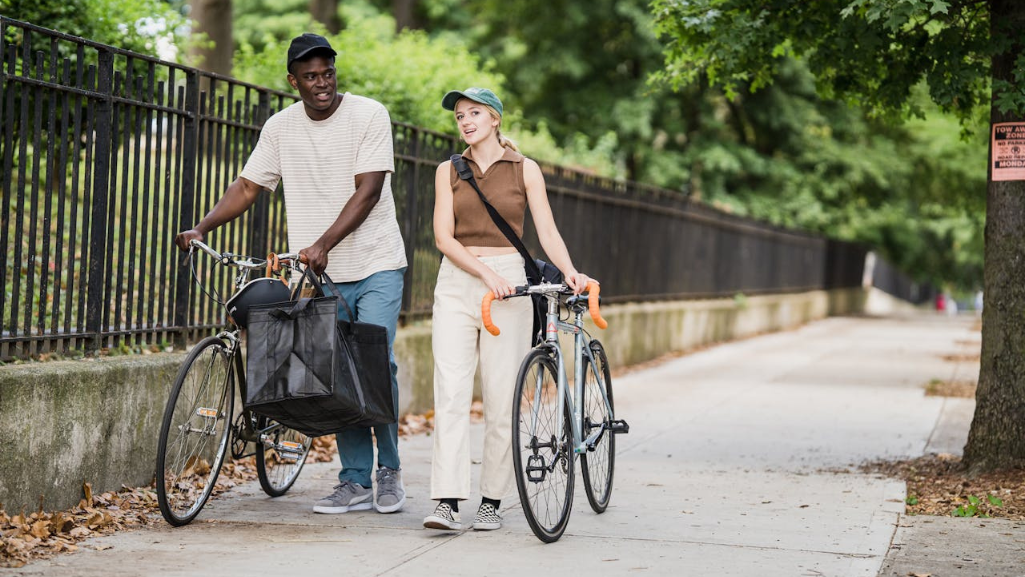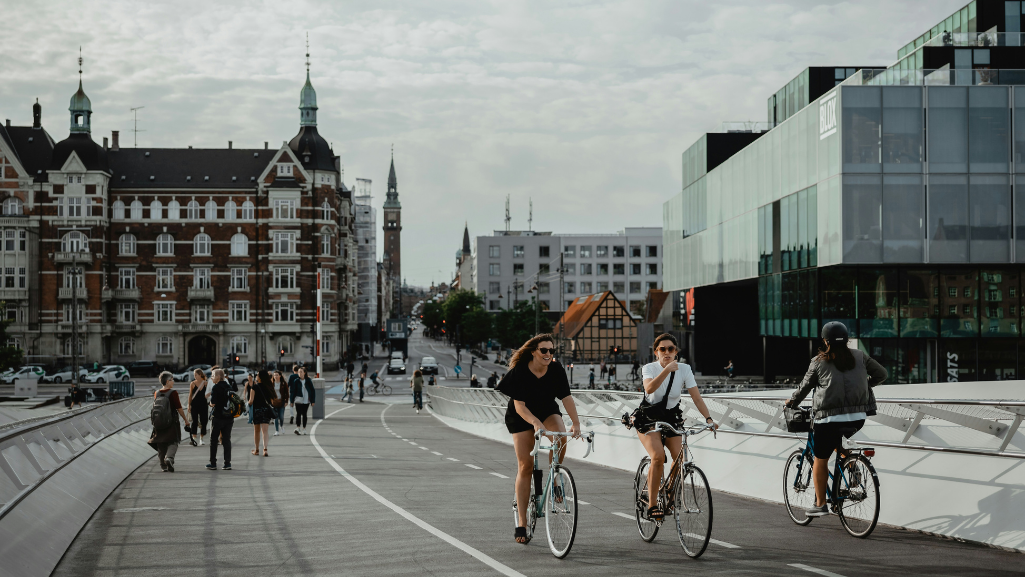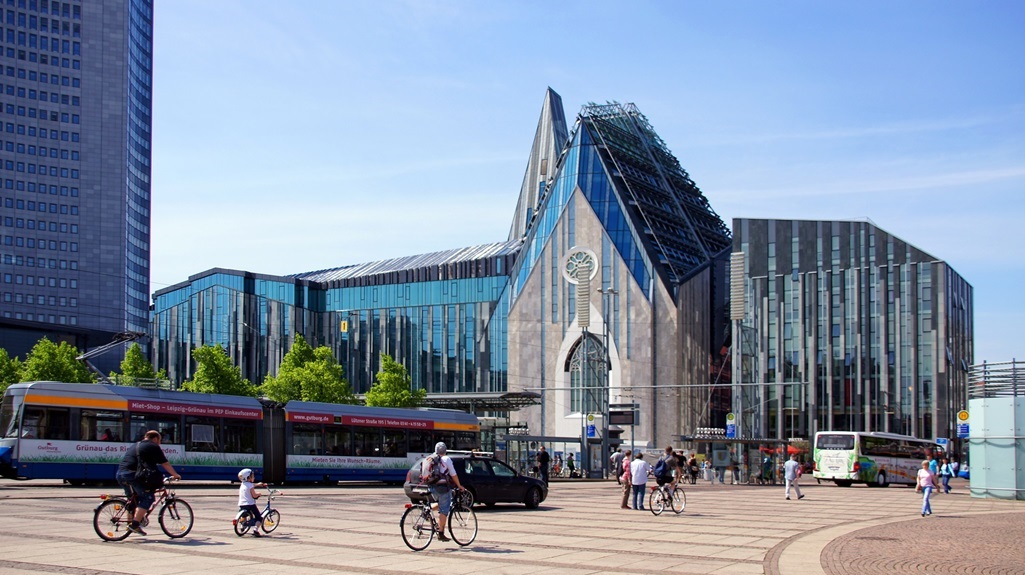Table of contents
For decades, urban planning revolved around accommodating cars, leading to congestion, pollution, and noise in cities. However, a paradigm shift is underway, with cities like Barcelona, and Paris spearheading initiatives towards car-free urban environments. In this article, we look at how these cities are changing to promote sustainable urban living.
What is a car-free city?
Car-free cities offer a vision of sustainable urban living that prioritizes pedestrians, cyclists, and public transport over automobiles. This does not mean that car-free cities completely outlaw car ownership.
Car-free policies typically entail to reduce the number of car or restrict them within specific car-free zones. Residents still have permission to own and drive cars in urban areas. So we can also speak of carless cities with an emphasis on pedestrianizing streets and promoting alternative modes like public transit and cycling. These options are not only more accessible but actively encouraged as part of the city’s sustainable mobility initiatives.
Why are cities going car-free?
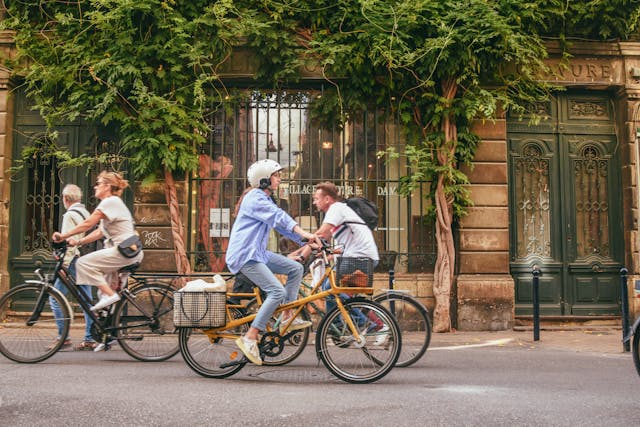
Improving Air Quality
Moving to car-free cities quickly reduces air pollution, which is a major benefit.
Less cars on the roads means less harmful emissions like carbon monoxide and nitrogen oxides are released into the air. This leads to cleaner air, which improves breathing for people and creates a healthier environment for all living things.
Optimizing Urban Space
Cars in cities occupy a lot of space. They are usually parked for over 23 hours a day, predominantly at curbsides.
Moreover, private vehicles typically carry an average of 1.5 occupants when in motion. A car takes up a lot of space, about 13.5 square meters per person. In comparison, a bus only takes up 1.2 square meters per person when it’s 40% full.
Having fewer cars in cities means there is extra space available for projects that benefit the community. This means making more parks, adding outdoor cafes, and improving roads for walking and biking. Cities that effectively redistribute this reclaimed space tend to garner higher livability ratings, as they foster environments that prioritize community interaction and well-being.

Enhancing Public Health
By encouraging walking and cycling, car-free cities and car-free towns promote physical activity and combat sedentary lifestyles. Increased physical activity levels contribute to improved health, reduced obesity rates, and lower incidences of chronic diseases such as diabetes and hypertension. Additionally, pedestrian-friendly environments foster social interactions, creating vibrant communities and reducing feelings of isolation.
Fostering Economic Growth
Contrary to common misconceptions, car-free city centers can spur economic growth rather than hinder it. By prioritizing pedestrians and cyclists, cities create vibrant streetscapes that attract visitors, encourage outdoor dining, and boost retail activity. Additionally, reduced traffic congestion leads to smoother traffic flow for essential services such as public transport and emergency vehicles, improving overall efficiency.
Promoting Equity and Accessibility
Car-free cities promote equity by prioritizing accessible modes of transportation for all residents, regardless of socioeconomic status. By investing in public transit systems and pedestrian infrastructure, cities ensure that mobility is not limited to those who can afford cars.
This inclusive approach fosters social cohesion and reduces transportation-related disparities.
Nurturing Sustainable Development
The transition to car-free cities aligns with principles of sustainable urban development. Cities improve quality of life in by turning car spaces into parks, green spaces, and walking zones. Additionally, reduced reliance on automobiles reduces the demand for fossil fuels, contributing to energy conservation and mitigating the impact of climate change.
What are examples of car-free cities?
Cities like Ghent in Belgium, Amsterdam in the Netherlands, and Zermatt in Switzerland serve as renowned examples. Dublin just recently announced plans to ban cars and commercial vehicles in the city centre. In addition, Paris and Barcelona continue to distinguish themselves as urban centers successfully implementing car-free policies.
Barcelona’s Superblocks
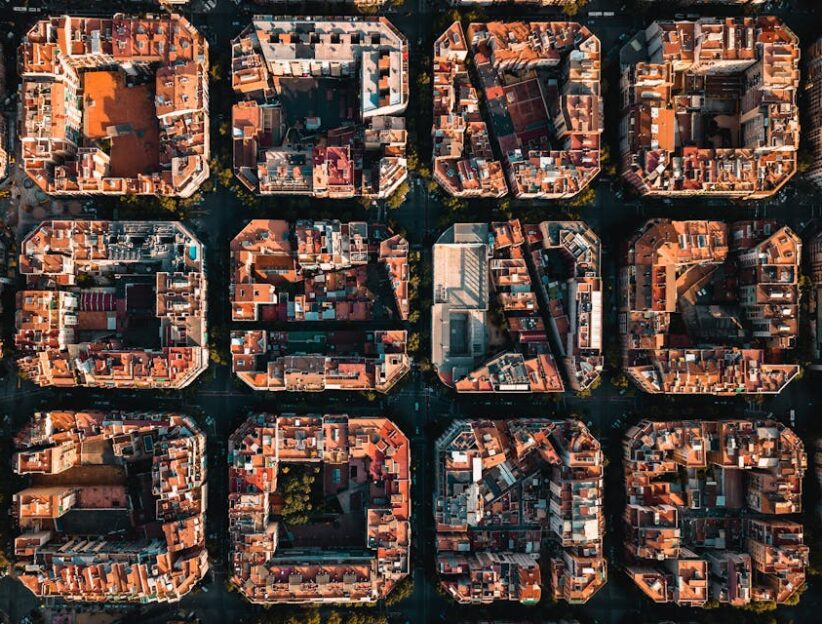
Barcelona has emerged as a trailblazer in promoting liveable and environmentally sustainable urban environments. The city’s extensive urban mobility plan aims to enhance sustainable, safe, and healthy mobility options for its residents. At the forefront of this urban transformation are the innovative “superblocks.”
Superblocks are car-free areas. They restrict vehicular traffic in clusters of nine city blocks. Authorities redirect vehicles, including buses and trucks, traveling from one part of the city to another around these areas.
Only residents and delivery vehicles have access, limited to a speed of 10 km/h. Drivers must park in underground garages or outside the superblock perimeter. Within these designated areas, streets are primarily reserved for pedestrians and cyclists.
Superblocks are designed to promote community engagement. They have open areas for people to gather, markets to thrive, playgrounds for recreation, and spaces for events. These spaces are carefully planned to encourage interaction and socialization among residents. The goal is to create a vibrant and active community within the superblock.
Barcelona boasts five operational superblocks, with plans for additional expansions underway. We can easily see the progress of these changes through a map that shows how cities are being transformed.
Paris car-free zone
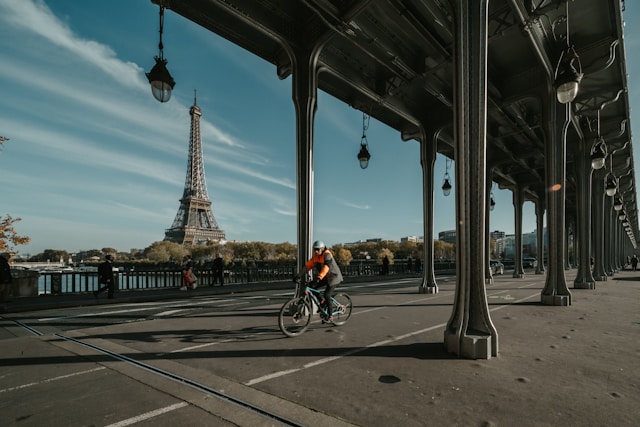
Under the visionary leadership of Mayor Anne Hidalgo, Paris is undergoing a remarkable transformation aimed at reclaiming the city for its residents. Hidalgo’s ambitious vision is to shape Paris into a vibrant “15-minute-city,” where all essentials are within a 15-minute walk or bike ride for every resident.
Hidalgo’s administration has already implemented a slew of measures towards achieving a car-free cityscape. Notably, city officials have successfully pedestrianized extensive sections of the Seine’s riverbanks, providing serene promenades for Parisians to enjoy. The city significantly expanded its network of bicycle lanes, promoting eco-friendly commuting options.
Furthermore, Parisians relished car-free Sundays in ten bustling central areas, including the iconic Champs Élysées, fostering a pedestrian-centric urban experience. In a bid to combat pollution and enhance air quality, Paris introduced a city-wide speed limit of 30 km/h in most parts of the city center in 2021.
Under the visionary leadership of Mayor Anne Hidalgo, Paris is undergoing a remarkable transformation aimed at reclaiming the city for its residents. Hidalgo’s ambitious vision is to shape Paris into a vibrant “15-minute-city,” where all essentials are within a 15-minute walk or bike ride for every resident.
Hidalgo’s administration has already implemented a slew of measures towards achieving a car-free cityscape. Notably, city officials have successfully pedestrianized extensive sections of the Seine’s riverbanks, providing serene promenades for Parisians to enjoy. The city significantly expanded its network of bicycle lanes, promoting eco-friendly commuting options.
Furthermore, Parisians relished car-free Sundays in ten bustling central areas, including the iconic Champs Élysées, fostering a pedestrian-centric urban experience. In a bid to combat pollution and enhance air quality, Paris introduced a city-wide speed limit of 30 km/h in most parts of the city center in 2021.
Redesign of urban spaces
As urban planning paradigms evolve, cities and neighborhoods increasingly prioritize creating livable, green, and attractive environments for residents. Central to this shift is the question of how urban spaces can be redesigned to prioritize alternative uses over car-centric infrastructure.
For planners it is important to carefully consider measures aimed at creating car-free cities. To lead this mobility change, data and simulation models are essential tools. They assist planners in analyzing the effects of closing certain neighborhoods to cars.
Software like PTV Visum or PTV Vissim can assess the effectiveness of public transportation systems in providing connectivity and capacity. Make smart choices about how to combine different types of transportation to create sustainable mobility.

Urban Mobility Planning: Challenges & Solutions
Discover the biggest urban mobility challenges and the solutions needed to overcome them.

Can your city go car-free?
Discover how cities can rethink their infrastructure and promote active mobility modes such as walking and cycling.

